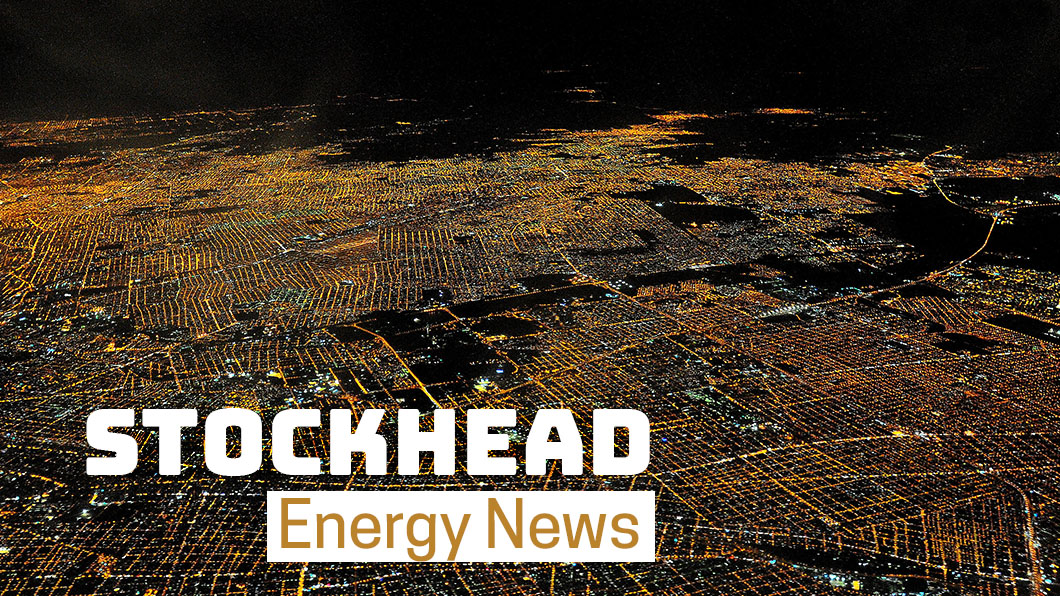New South Wales aims to be hydrogen forerunner with statewide gas network plan

Pic: Matthias Kulka / The Image Bank via Getty Images
Australia’s nascent hydrogen industry has received another boost with the New South Wales state government targeting the blending of up to 10 per cent hydrogen into its gas networks by 2030.
This push is part of its plan to achieve major greenhouse gas emission reductions over the next decade.
The move was applauded by the Australian Gas Infrastructure Group (AGIG), which said the target highlighted how quickly the global hydrogen industry was developing along with community recognition of its benefits.
“NSW’s recognition of hydrogen as a cornerstone technology by as soon as 2030 is a major opportunity for Australia’s energy economy,” AGIG chief executive officer Ben Wilson said.
“The NSW plan recognises the importance of enabling the blending of hydrogen with natural gas to decarbonise supply to residential and industrial customers, and further deliver wider benefits for other sectors such as transport.”
Wilson added that the state’s emerging role in supporting hydrogen as a base fuel feedstock would support the development of regional hydrogen hubs across New South Wales.
“Having such new-era infrastructure available will create substantially new industry and employment opportunities in regional NSW,” he added.
AGIG’s subsidiary, Australian Gas Networks (AGN), recently secured $1.78m in grant funding from the Queensland government’s $15m Hydrogen Industry Development Fund for its $4.2m hydrogen plant in Gladstone.
The Gladstone plant is aimed at making the city the first to use a blend of hydrogen and natural gas in its network.
It also received $1.28m in funding from the Australian Renewable Energy Agency to establish the Australian Hydogen Centre, which will investigate the blending of hydrogen into natural gas pipelines in South Australia and Victoria.
In February, assembly started on Australia’s first coal-to-hydrogen plant in Victoria’s Latrobe Valley, while the Western Australian government provided $1.68m in funding for seven renewable hydrogen projects in the state in January.
Related Topics

UNLOCK INSIGHTS
Discover the untold stories of emerging ASX stocks.
Daily news and expert analysis, it's free to subscribe.
By proceeding, you confirm you understand that we handle personal information in accordance with our Privacy Policy.








